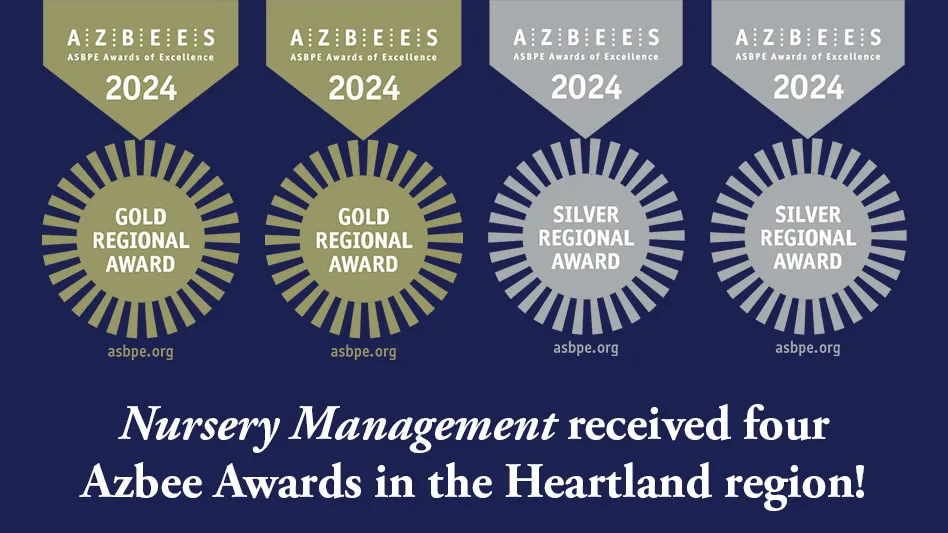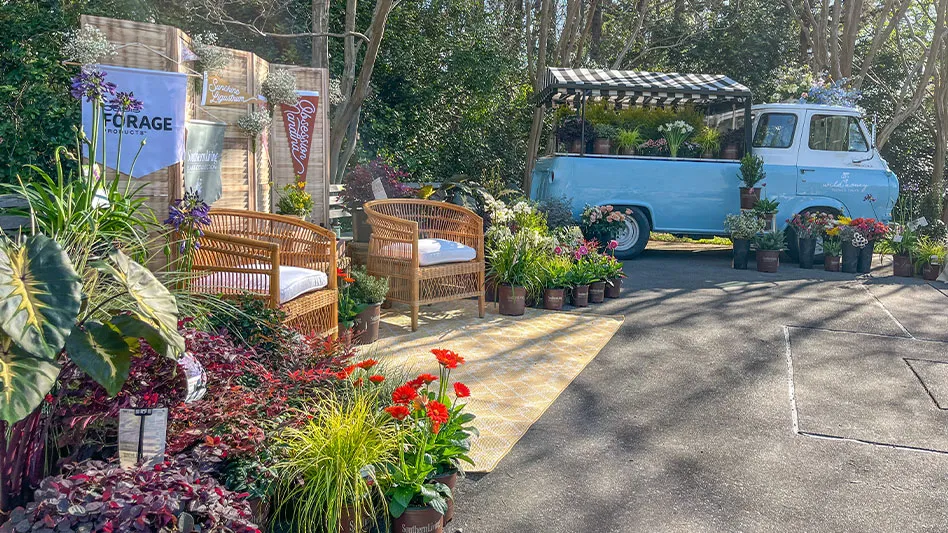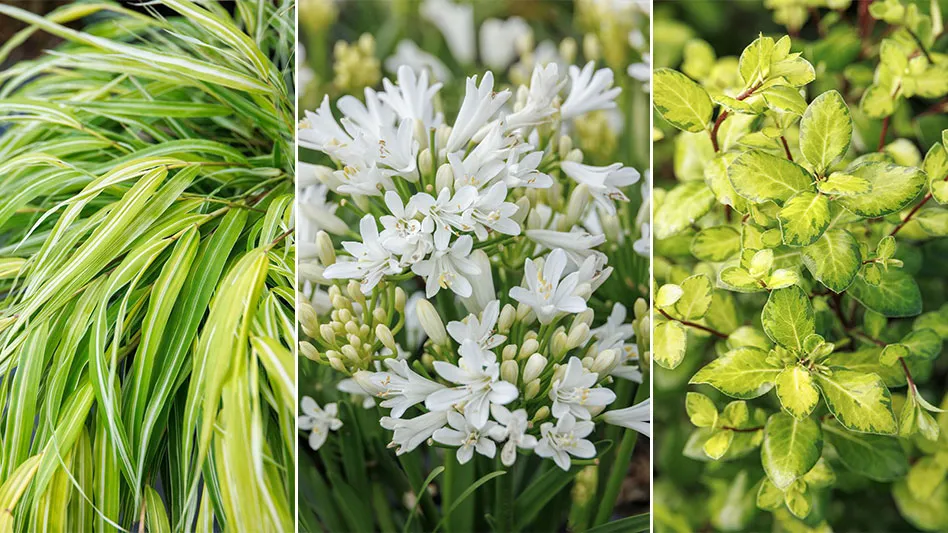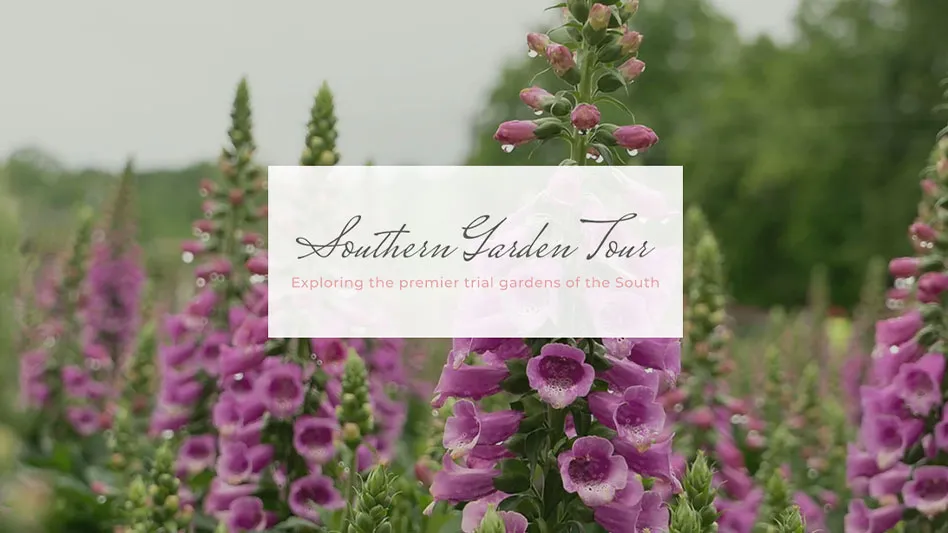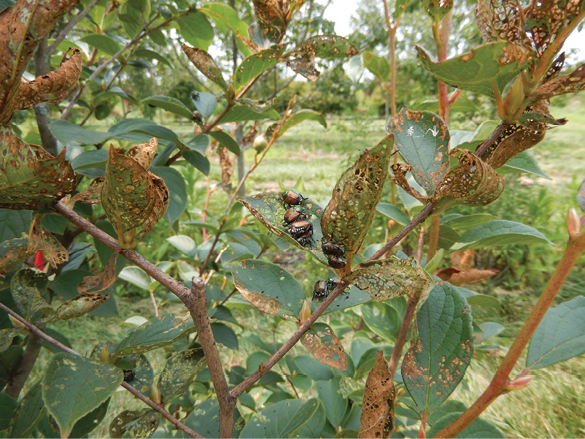
Leaf-feeding beetles, including the Japanese beetle, have become one of the most destructive pests that nursery growers face. Since the damage is caused by adults, and there is often more than one generation per season, it has become imperative to stop them early to avoid skeletonized foliage. Leaf-feeding beetles can be found across the country and are most active from May through August, so applying an insecticide in spring is recommended for prevention.
“Controlling insect and disease problems in outdoor environments can be extremely challenging. Nursery growers typically have larger production acreage to protect, so providing new products with long residual activity is especially important for them,” says Nancy Rechcigl, Technical Field Manager, Ornamentals at Syngenta. “And many of the ornamentals produced in the nursery setting have long crop times, so having a strong resistance management program is also critical.”
Syngenta’s research and development activities — with a focus on bringing new active ingredients with unique modes of action to the ornamental market — is key to growers’ long-term success. Neonicotinoids have long been used to combat infestations in the nursery. However, recent bans and limitations have forced growers to consider alternative chemistries. Powered by a unique active ingredient in a recently added chemistry class, Mainspring®; GNL insecticide offers effective control of leaf-feeding beetles as well as other pests, including aphids, thrips and caterpillars. When used preventively, Mainspring GNL keeps pest populations from building to damaging levels and helps reduce additional pest pressure later in the season. It works primarily through ingestion by stopping insects from feeding, which limits disease transmission and unsightly damage to foliage and flowers.
“Mainspring GNL brings a new class of chemistry to the ornamental industry. It is a Diamide IRAC group 28,” Rechcigl explains. “Unlike foliar applications of Pyrethroids, Carbamates and Bt products, which stay on the surface of the leaves, Mainspring GNL has translaminar activity and as a foliar spray, penetrates into the tissue. This allows Mainspring GNL to have longer residual activity, so applications can be made on a longer interval. In our Japanese beetle trials, a 14-day interval provided excellent control with minimal feeding injury.”
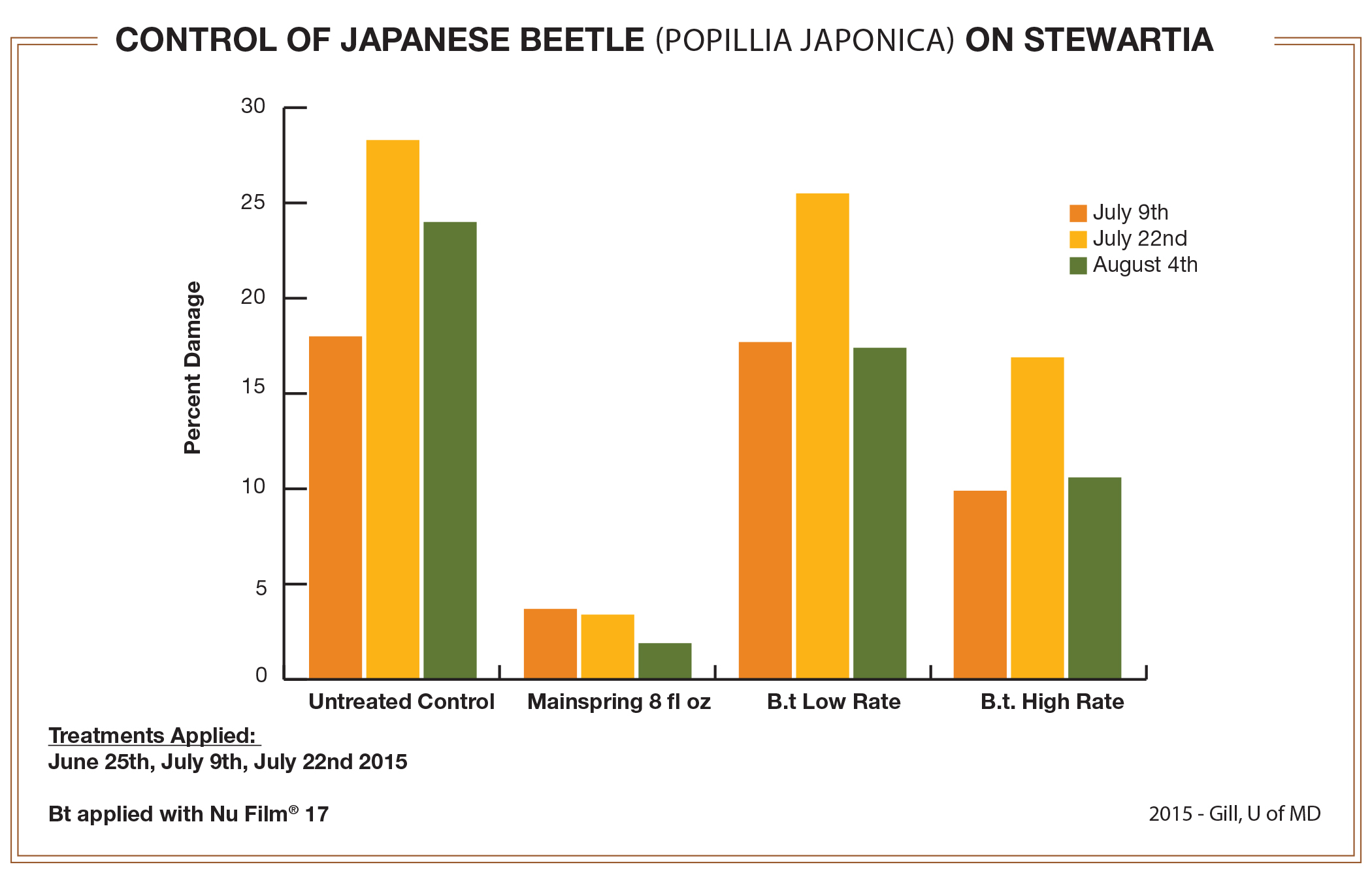
Nursery trials
Stanton Gill, Extension Specialist in IPM and Entomology at the University of Maryland, conducted trials at two Maryland nurseries to evaluate Mainspring GNL spray treatments for control of Japanese beetles.
Japanese beetles are difficult to control because they defoliate trees quickly and rapidly spread through the nursery.
“When they emerge, Japanese beetles have certain preferred plants they go to. The first thing they go to in a nursery is purple leaf plum. It’s like a giant magnet,” Gill explains.
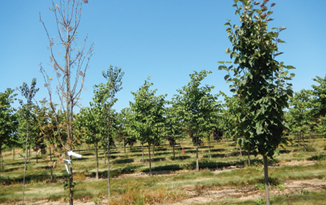
In one of his trials, the beetles completely defoliated all the purple leaf plums on the site between Thursday and the following Monday.
“After they defoliate their preferred host, they begin to fan out across the nursery. When they need to find a new food source, they’ll move around the nursery to a non-preferred plant,” Gill says. “They like littleleaf linden or London planetrees, even though it’s not their first choice. The last thing they’ll feed on is Rose of Sharon. What’s interesting at that stage, they go for the flower. River birch is also highly attractive to Japanese beetles. They will defoliate those things just as fast as purple leaf plum.”
During the first year of the trial, Gill and his team made foliar applications of Mainspring GNL, which performed well, he reports.
“We also used Btg (Bacillus thuringiensis galleriae) from Phyllom BioProducts. They gave us two rates, a medium and a high. The high rate was better, but Mainspring GNL is clearly different. With foliar applications — 8 oz per 100 gallons of water — growers are going to get about 10-14 days out of that. When it wears off and goes below a toxic level to the beetle, they’re going to be back out on those plants immediately,” Gill explains. “So growers have to be on top of their game. When using Mainspring GNL, get it applied early as a foliar spray. If you use the higher rate, you can go a little bit longer, but you’re going to have to keep a close watch. Japanese beetles are active for six to seven weeks of feeding, so if you can make it through two to three applications, if you use the mid-rate, you’re good to go. With Japanese beetles, we see a lot of other products that last a couple days and then you have to re-spray. So there is a lot more spraying with other materials.”
Gill also trialed Mainspring GNL as a drench, and those results are currently being analyzed.
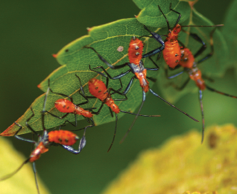
Focus on prevention
Apply Mainspring GNL as part of a preventive pest management strategy. Mainspring GNL should not be used as a clean-up insecticide. Tank mix with another insecticide if quick knock down of adults is needed.
“Mainspring GNL should not be used if high pest populations have already developed in the crop. First, knock down or reduce the population with a product that has quick contact activity, then rotate to Mainspring GNL,” Rechcigl explains.
Mainspring GNL stops insect feeding shortly after ingestion, which limits damage to the plant, as well as disease transmission. It leads to insect mortality within two to seven days.
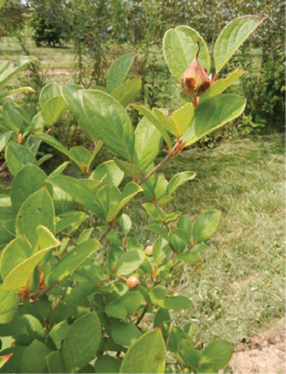
Product flexibility
Mainspring GNL can be used at many stages of nursery and greenhouse crop production.
Use sites and application methods include: spray, drench, chemigation, ebb-and-flood irrigation, in-ground soil drench and bark treatment.
When applied as a spray, Mainspring GNL has translaminar and locally systemic activity. The active ingredient penetrates the plant cuticle to form a reservoir within the plant tissue.
When drenched, Mainspring GNL is taken up by the roots and moves upward in the xylem throughout the plant canopy.
Gill found that Mainspring GNL was compatible with beneficial insects, and found the beneficials to be “quite active” during his trials.
“Beneficials don’t seem to be affected by Mainspring GNL. It fits in the IPM [integrated pest management] approach, which is something we push heavily at the university. Use materials that have the least impact on your good guys because they are helping clean up things. That’s a major benefit,” Gill says.
Learn more about Mainspring GNL at GreenCastOnline.com/MainspringGNL

Explore the July 2017 Issue
Check out more from this issue and find you next story to read.
Latest from Nursery Management
- Registration opens for Darwin Perennials Day
- April 2024 issue recap
- U.S. Department of Labor finalizes farmworker protection rule
- Azo Root is now available from Harrell’s
- Smith Gardens assumes operations of Skagit Horticulture
- Garden Media Group announces the fifth annual Women in Horticulture Week
- Eason Horticultural Resources announces the addition of Phil Perry
- Perennial Plant Association celebrates 40th anniversary
